 Kegel exercises are for strengthening pelvic floor muscles. They involve contracting and relaxing, clenching and releasing those muscles. Also called pelvic floor exercises, Kegels strengthen and coordinate the muscles that support the bladder, rectum, uterus and small intestines. The strengthening, in turn, helps to prevent the accidental passing of stool or gas, stops bladder leaks, and improves orgasm.
Kegel exercises are for strengthening pelvic floor muscles. They involve contracting and relaxing, clenching and releasing those muscles. Also called pelvic floor exercises, Kegels strengthen and coordinate the muscles that support the bladder, rectum, uterus and small intestines. The strengthening, in turn, helps to prevent the accidental passing of stool or gas, stops bladder leaks, and improves orgasm.
What are the benefits of Kegel exercises?
1. Prevent pelvic organ prolapse
Pelvic floor muscles support abdominal organs such as the stomach, bladder, intestines and uterus. With age, the weakening and slowing down of these muscles may lead to pelvic organ prolapse (POP).
A prolapse means the pelvic organs are displaced, drooping and fallen out of their normal position. In women, the pelvic organs may fall into the vagina or cause vaginal tissues to protrude from the body, particularly if the prolapse occurs after a hysterectomy.
Through regular Kegel exercises, pelvic floor muscles become stronger and more coordinated, reducing the risk of prolapse.
2. Avert incontinence
Pelvic floor exercises not only contribute to good posture and spinal stability, they also strengthen the muscular support for bladder and bowel function and help to maintain urinary and fecal continence. If you already have bowel or bladder incontinence, or drip after peeing, the exercises can help to relieve your symptoms.
3. Enhance sexual function
Kegel exercises improve sexual function. In men, they increase control over ejaculation and enhance the feeling experienced during orgasm. In women, the exercises improve flexibility and ease penetration. In addition, they provide the muscular strength to achieve orgasm while also making pregnancy and childbirth easier.
How should you do Kegel exercises?
1. Begin by identifying pelvic floor muscles
Kegel exercises do not require a lot of time, but targeting the right muscles is necessary. One of the easiest ways to identify the muscles is to stop urinating midstream by squeezing your muscles to hold the urine in. Another way of locating the muscles is to stop the passage of gas.
The muscles that help you to stop the passage of urine or gas are the ones you will need to work on. You only need to stop passing urine once or twice in order to identify the right muscles. After that, it is not advisable to perform Kegel exercises while urinating as that can lead to incomplete emptying of the bladder and increased risk of urinary tract infections.
2. Start slowly and improve with practice
Like other exercises, Kegels become easier with practice. Plan to begin slowly and build on your gains over time. For instance, you can start by squeezing your pelvic floor muscles for 3 seconds, releasing for another 3 seconds, and then repeating 10 times in a row. If you are not able to do 10 at time, begin with a lower number and increase with time.
3. Keep the focus
As you do these exercises, you will be tempted to flex the buttocks, thighs or abdomen. You may also find it difficult to increase the number of repetitions. Always target and exercise your pelvic floor muscles, pushing your body to complete at least one set of 10 Kegel exercises two to three times a day.
As you do the exercises, make sure to relax your pelvic floor muscles completely and to avoid holding your breath.
4. Perform Kegels anytime, anywhere
Kegel exercises are quite convenient. You can make them part of your routine and do them anywhere, whether brushing your teeth, driving to work, shopping for groceries or watching TV. Combining the exercise with another activity is a good way to remember your routine and see quick results.
Can Kegel exercises cause complications?
While the exercises are completely safe, you still need to do them the right way. For instance, you should not overdo Kegels as this may lead to straining when you visit the bathroom. You should also not do them as you urinate because that could increase your risk of urinary tract infections.
Kegel exercises are not for everyone. If your muscles are already tired, they will not respond if you try to contract them. Also, if your muscles are already tight, exercising them may cause more harm. Speak with your urologist to determine if you can benefit.
Are the exercises effective?
For those who do Kegel exercises regularly, the results are excellent. For example, urine leaks become less frequent within a few weeks of starting the exercises. Keep in mind that they have more impact when performed regularly over an extended period of time, such as doing them every day for at least 15 weeks. If you do not feel your symptoms are improving, you should speak with your doctor about alternative treatments.
At St Pete Urology, we offer personalized treatments for patients with urological problems. We will only recommend you do Kegel exercises after a thorough assessment of your condition. For more information on pelvic floor exercises and other treatment options for urologic disorders, visit the St Pete Urology website.



 When certain chemicals become concentrated in urine, they coalesce into crystals. The crystals then grow into larger mineral deposits called kidney stones. Most kidney stones form when calcium combines with either phosphorous or oxalate, but some form from uric acid, a byproduct of protein metabolism. Once formed, kidney stones can make their way through the urinary tract and pass from the body without problems. At other times, a stone will get stuck somewhere, block urine flow and cause intense pain.
When certain chemicals become concentrated in urine, they coalesce into crystals. The crystals then grow into larger mineral deposits called kidney stones. Most kidney stones form when calcium combines with either phosphorous or oxalate, but some form from uric acid, a byproduct of protein metabolism. Once formed, kidney stones can make their way through the urinary tract and pass from the body without problems. At other times, a stone will get stuck somewhere, block urine flow and cause intense pain.

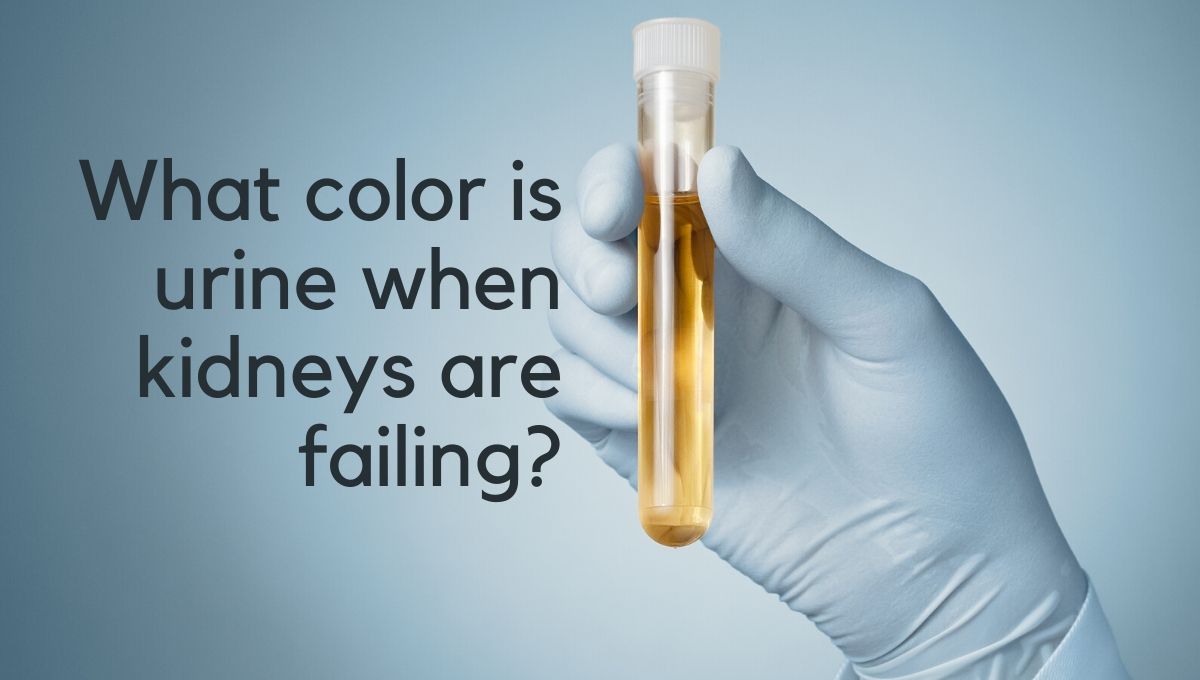
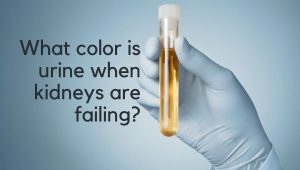 Kidney failure is a condition in which one or both kidneys can no longer work on their own. It may be due to an acute injury to the kidneys or a chronic disease that gradually causes them to stop functioning. When kidneys are healthy, they clean the blood by removing excess fluid, minerals and wastes. But when they are failing, harmful wastes build up in the body and excess fluid is retained, changing the appearance, amount and number of times urine is passed.
Kidney failure is a condition in which one or both kidneys can no longer work on their own. It may be due to an acute injury to the kidneys or a chronic disease that gradually causes them to stop functioning. When kidneys are healthy, they clean the blood by removing excess fluid, minerals and wastes. But when they are failing, harmful wastes build up in the body and excess fluid is retained, changing the appearance, amount and number of times urine is passed.
 Erectile dysfunction (ED) is the inability to get or keep an erection that is strong enough for satisfactory sexual intercourse. That means even if you have no problem getting an erection, you could still have early stage erectile dysfunction if you are not able to achieve sexual satisfaction.
Erectile dysfunction (ED) is the inability to get or keep an erection that is strong enough for satisfactory sexual intercourse. That means even if you have no problem getting an erection, you could still have early stage erectile dysfunction if you are not able to achieve sexual satisfaction.
 The testicles are the male reproductive organ. These oval-shaped organs are located in the scrotum just below the penis. The testicles have two primary functions: The first is to produce sperm and the second is to produce and discharge hormones, primarily testosterone. These two functions make them an indispensable part of the male reproductive system.
The testicles are the male reproductive organ. These oval-shaped organs are located in the scrotum just below the penis. The testicles have two primary functions: The first is to produce sperm and the second is to produce and discharge hormones, primarily testosterone. These two functions make them an indispensable part of the male reproductive system.
 Prostate health is an important part of overall health for men. The prostate is a walnut-sized gland situated between the bladder and the penis. The urethra, the tube through which urine exits the body, runs through the prostate. One of the prostate’s main functions is producing a fluid that nourishes and protects sperm. For men, the prostate is an important part of both the urinary and reproductive systems.
Prostate health is an important part of overall health for men. The prostate is a walnut-sized gland situated between the bladder and the penis. The urethra, the tube through which urine exits the body, runs through the prostate. One of the prostate’s main functions is producing a fluid that nourishes and protects sperm. For men, the prostate is an important part of both the urinary and reproductive systems.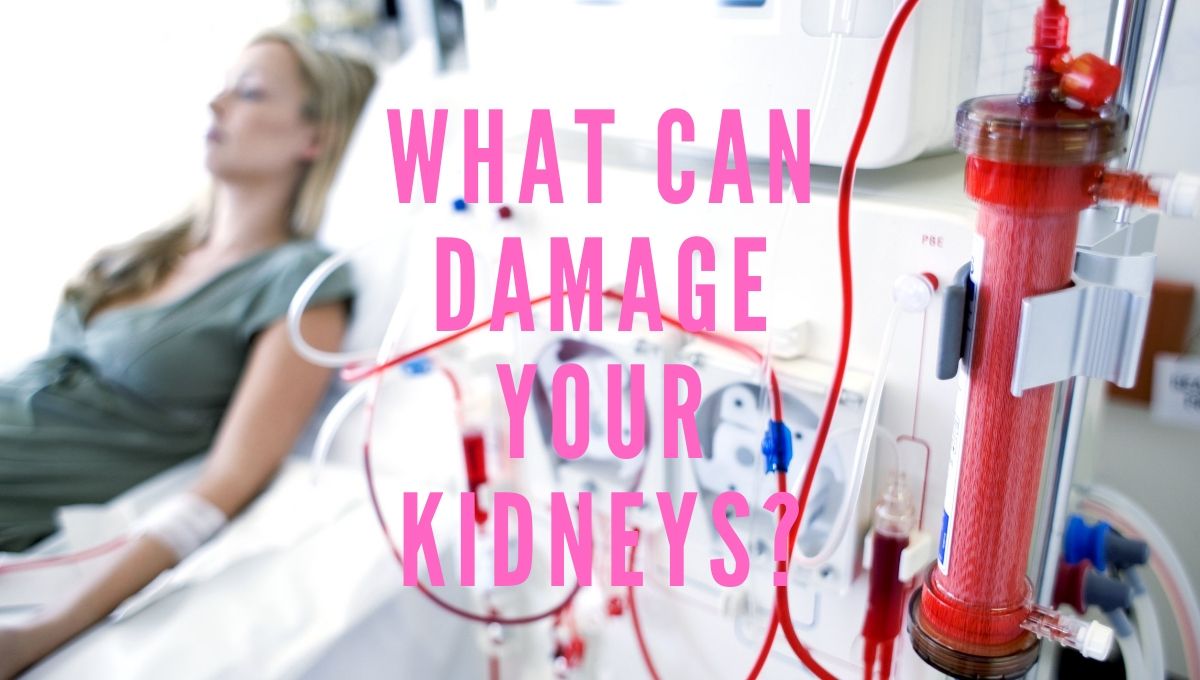
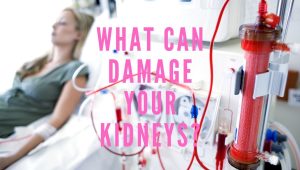 The kidneys are a pair of organs located on either side of the spine just above the waist. Healthy kidneys work as your body’s filtration system. They help balance water and minerals in your blood. They remove waste from the blood that develops from digestion and muscle activity. In addition to filtration,
The kidneys are a pair of organs located on either side of the spine just above the waist. Healthy kidneys work as your body’s filtration system. They help balance water and minerals in your blood. They remove waste from the blood that develops from digestion and muscle activity. In addition to filtration, 
 The penis is one of the male body’s organs that is least likely to be harmed. Men are generally very careful not to damage their penises, but accidents do happen. The causes most often linked to penile trauma are car accidents, sport injuries, machine accidents, burns and gunshot wounds.
The penis is one of the male body’s organs that is least likely to be harmed. Men are generally very careful not to damage their penises, but accidents do happen. The causes most often linked to penile trauma are car accidents, sport injuries, machine accidents, burns and gunshot wounds.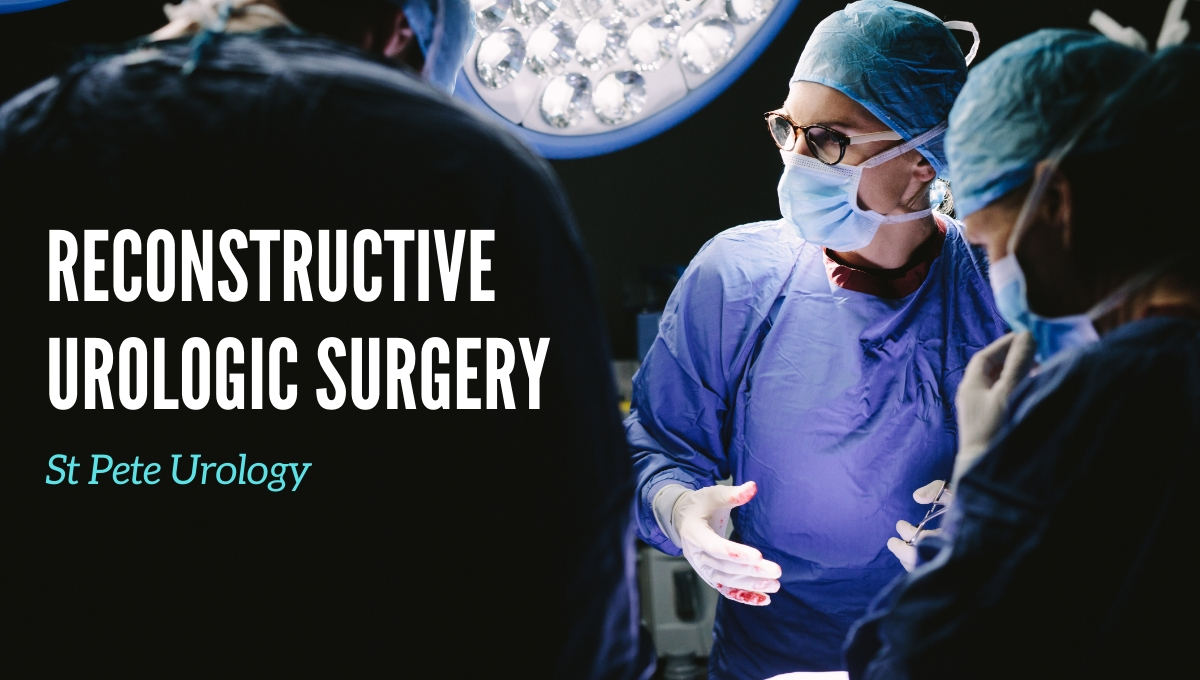
 Reconstructive urology is a very important part of a patient’s urological treatment. For many different reasons, patients may find themselves in need of surgery to repair their urinary and reproductive systems. Everyone is different, so urologists assess each patient’s situation to determine the best treatment. A patient’s age, health and ability to recover from surgery are all factors a urologist will consider when determining if surgery is the best option.
Reconstructive urology is a very important part of a patient’s urological treatment. For many different reasons, patients may find themselves in need of surgery to repair their urinary and reproductive systems. Everyone is different, so urologists assess each patient’s situation to determine the best treatment. A patient’s age, health and ability to recover from surgery are all factors a urologist will consider when determining if surgery is the best option.